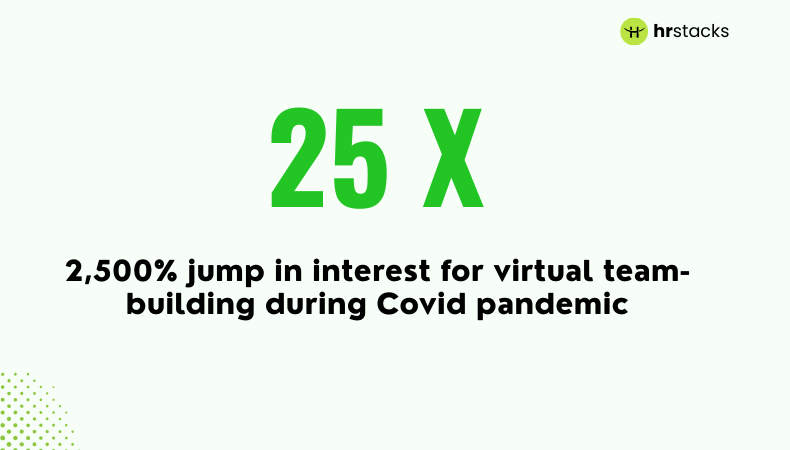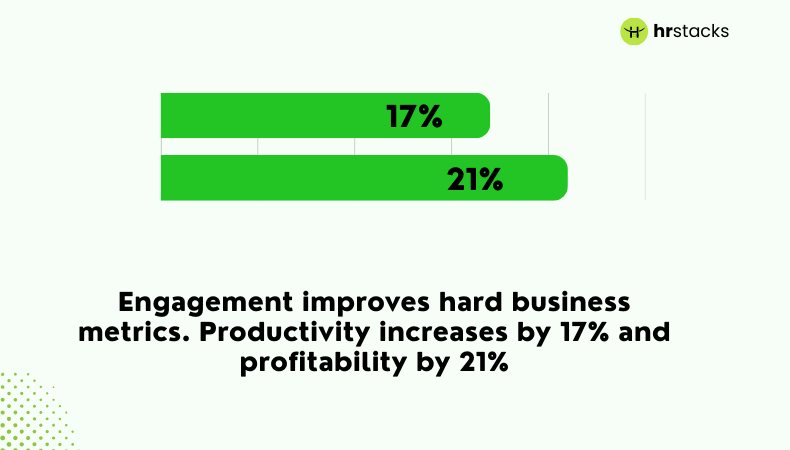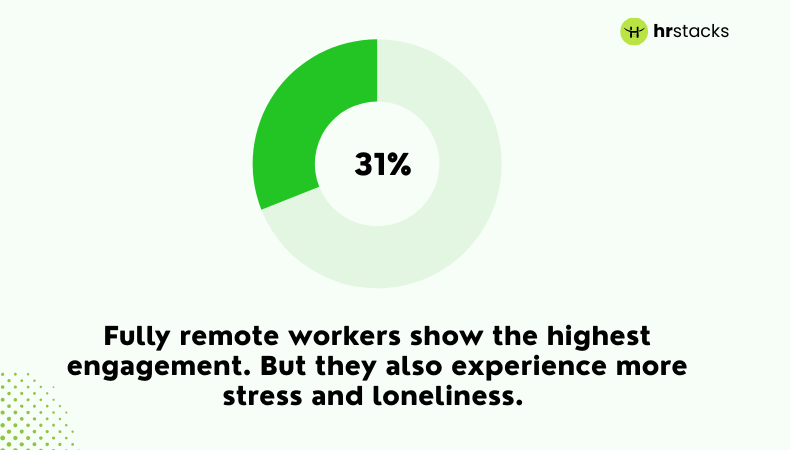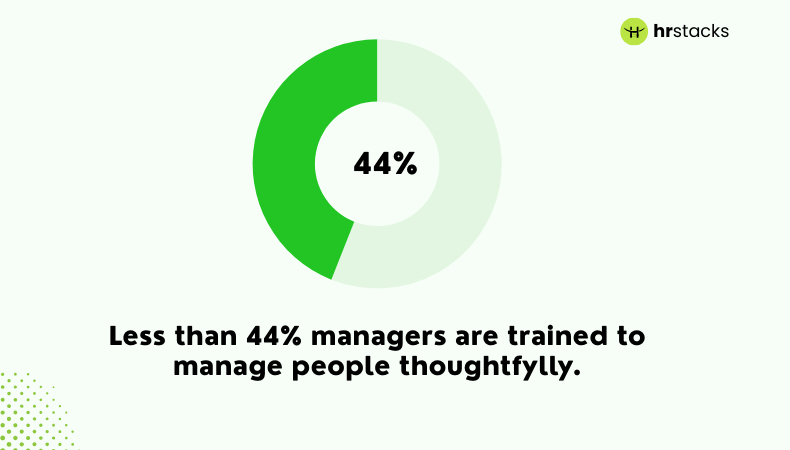Virtual teams don’t break trust because people are remote; usually, they drift apart because there are fewer small, human moments that stitch teams together.
That slow unwinding is exactly what targeted virtual team-building is designed to fix: short, purposeful rituals that give people a reason to show up as colleagues, not just task-doers.
Interest in these programs exploded at the start of the pandemic, searches and bookings for online team activities jumped dramatically, and many organizations never went back to the old baseline.
Engagement still maps to tangible business outcomes, and recent Gallup work shows engagement has slipped in many places, which raises the stakes for any effective people intervention.
At the same time, remote work brings a loneliness problem; surveys repeatedly flag social isolation as a top downside. So team rituals help on the emotional side as well as the practical side.
This article unpacks that evidence: an Editor’s Choice of essential reads, a series of vetted statistics with source links, and an action checklist so you can turn one-off events into measurable retention and engagement gains.
Editor’s Choice
- 31% of fully remote employees report high engagement, higher than any other group, but they also experience more stress, loneliness, and negative emotions.
- In mid-2025, just 32% of U.S. employees are engaged at work, among the lowest levels recorded, while globally engagement hovers around 21%.
- Gallup links high engagement to a 17% boost in productivity and a 21% rise in profitability.
- Global employee engagement dropped to 21% in 2024, contributing to a $438 billion productivity loss worldwide.
- Manager engagement slipped from 30% to 27%, and managers account for 70% of the variation in team engagement.
1. Adoption & Growth of Virtual Team-Building
2,500% jump in interest for virtual team-building
Searches and bookings for online team activities spiked about 25× during the pandemic and remain well above pre-COVID levels. It shows this trend wasn’t just a short-lived reaction, it became a permanent way teams choose to connect.

Remote headcount is growing, approximately 36.2 million Americans projected to work remotely by 2025
This many people working remotely means virtual connection isn’t optional, it’s now essential to keep teams bonded, aligned, and feeling like a real unit.
Market size & growth: U.S. team-building market showing strong year-over-year growth
The team-building space (virtual, hybrid, in-person) isn’t niche anymore. It’s expanding fast, because organizations are putting real dollars and strategic weight behind connection.
Engagement & Retention Impact
Fully remote workers show the highest engagement (31%), but also report the highest distress
Despite being more engaged, fully remote employees also experience more stress and loneliness, highlighting that connection matters not just for engagement, but for well-being too. Source: Gallup

U.S. engagement sits around one-third (≈33%)
Only about one in three U.S. employees say they’re actively engaged. That’s a sign that even teams with solid perks or autonomy still need meaningful rituals to drive real engagement. Source: Gallup
Global engagement can be much lower (15% in some measures)
In many countries, engagement lags behind the U.S., so global teams need to be especially thoughtful with virtual rituals. Teambuilding
Team-building correlates with sizable retention gains (vendor reports: up to 36% less turnover)
Companies running regular connection programs often see a big drop in turnover, sometimes up to one in three people deciding to stay when they otherwise might leave.
Engagement ties to hard business metrics (≈17% productivity, ≈21% profitability)
Engaged teams aren’t just happier, they’re measurably more productive and profitable. That’s the kind of metric any leader can nod along to. Source: Gallup

Even small lifts matter; a 5-10% productivity bump pays for many programs
Even modest improvements in productivity can justify investing in team rituals, because a little consistency adds up fast.
2. Employee Wellbeing & Connection
Developers felt the social gap. 74% missed colleague interaction
Three in four developers didn’t just miss water-cooler talks, they said communication itself became harder without those casual touchpoints. Source: Arxiv
Loneliness flags: 22% of remote workers list loneliness as a top struggle
Almost a quarter of remote staff say isolation is a serious downside, showing that connection isn’t nice to have, it’s vital for mental health. Source: HR Stacks

Employees want more team-building – many surveys show 70%+ desire more investment
The message from your people is loud and clear: most want more moments to connect. Team-building isn’t just HR’s wish, it’s theirs too. Source: Gallup
Hybrid often gives the best practical mix: connection + flexibility
Balancing remote and in-person time often hits the sweet spot, giving casual check-ins, spontaneous laughs, and all the flexibility remote work brings. Source: Microsoft
Dev signal: social contact loss linked to productivity/communication drops
When casual interactions vanish, it isn’t just morale that slips, people say work itself gets harder and takes longer.
3. Cost, Budgets & ROI
Budget signals matter; < $25/month per person correlates with lower morale
Spending too little per person often signals lack of care. Firms investing under $25 a month tend to see much higher “just okay” morale. Source: Teambuilding
Typical event price points: $50-$100 per person; median ~ $75
Most virtual team-building events fall in this window, which gives leaders a realistic expectation for budgeting meaningful experiences.
Cost to replace an employee: 0.5-2× annual salary
Hiring and onboarding costs staff time and money, so even small gains in retention pay for themselves many times over. Multiple study shows that it may cost upto 0.5 – 2X of annual salary. Source: HR Stacks Study

Productivity/morale downstream: team-building links to lower absenteeism and higher job satisfaction
Repeat-focused team-building often leads to fewer sick days and happier employees, sometimes satisfaction climbs nearly 60%.
Vendor ROI anecdotes: immersive workshops report higher ROI (vendor claims: up to 4×)
Some immersive sessions reportedly deliver 4× returns in engagement and retention, though it’s wise to test these claims yourself.
4. Best Practices & Manager Impact
Micro formats win: 20-45 minute facilitated sessions outperform long webinars
Short sessions with structure and a human touch beat long, lecture-style meetings any day for energy and impact.. Source: Harvard Business Review
Formats that scale: asynchronous rituals and short live sessions combine well
Think: quick, casual online habits (like playlists or recognition moments), paired with brief live check-ins. Big impact, low friction.
Manager effect: Manager quality explains much variation in team engagement
Managers holding space, affirming progress, and encouraging openness can make or break how engaged a team feels.
Manager support is thin, <44% report formal management training
Most managers haven’t received formal coaching in how to lead people thoughtfully, closing this gap can make your rituals work ten times harder.

Manager engagement is slipping (example: 30% → 27% in recent measures)
When managers burn out or disengage, the ripple effect on teams is immediate, and tiny rituals lose their magic fast.
Putting The Stats To Work: A Practical Three-Step Checklist For HR Leaders
- Start with the manager: Equip managers with a 10-minute playbook to run the follow-up conversation after each session. That’s where the gains compound. (Gallup’s manager findings are blunt about this.).
- Design for the attention economy: Short, inclusive formats win. Think 25-40 minutes, one facilitator, one predictable structure. HBR’s playbook has practical templates.
- Measure the right things: Use a short pulse (connection, trust, likelihood to recommend team as a place to work), correlate with retention and manager ratings after six months, and report ROI in simple terms: hires avoided, time-to-productivity gains, or lower absenteeism. Gallup shows why linking engagement to business outcomes matters.
Final Note
There’s a tidy spreadsheet case for better team-building: modest, recurring investments, thoughtful design, and manager follow-through reliably show up in retention and productivity metrics (see Gallup on the manager effect).
Gallup’s research links engagement to higher productivity and profitability, and it also notes that replacing staff can cost roughly 0.5-2× an employee’s annual salary, so small gains compound financially.
But numbers only tell half the story. The other half lives in tiny social moments, impromptu laughs, a shared pet cameo, a quick hallway-style check-in, that make work human. HBR and field experiments on virtual “water-coolers” show that those micro-interactions support belonging and even boost performance.
Treat team-building as both a metric-driven program and a practice of creating everyday moments; that dual approach is the true, practical ROI.









